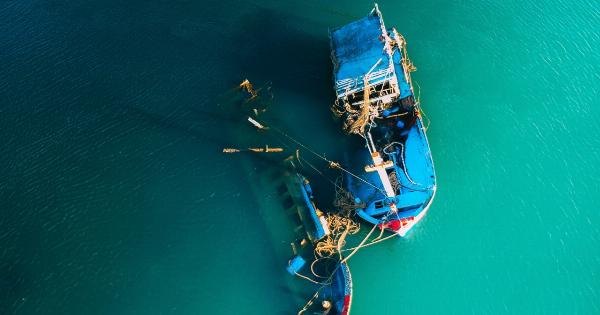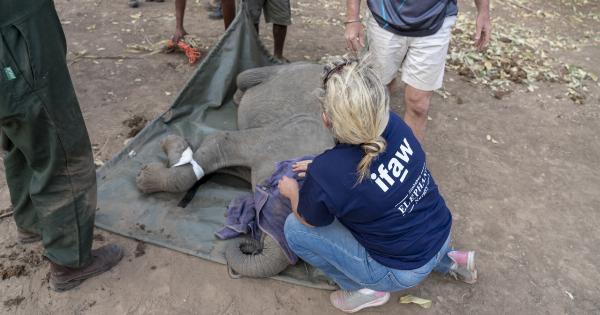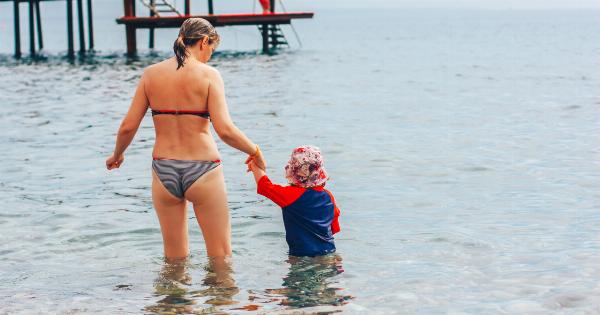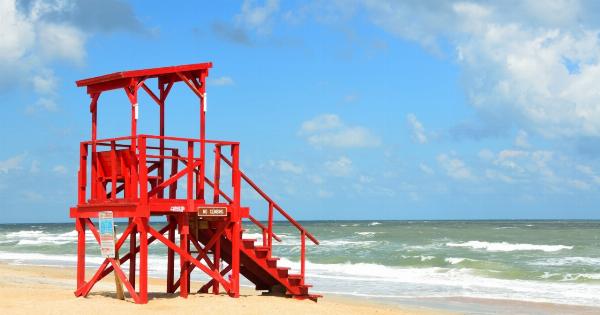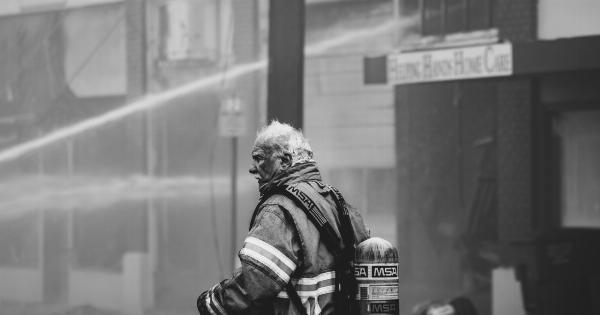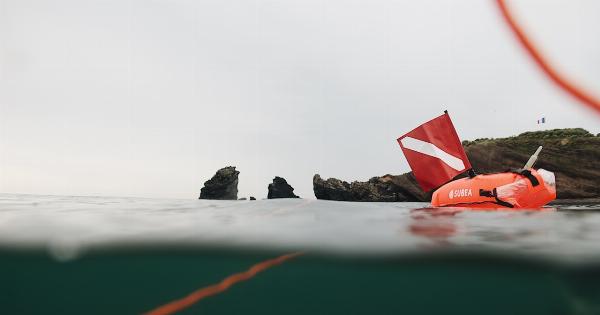Water-related accidents can happen in various settings, including swimming pools, beaches, lakes, and even the bathroom.
These accidents can range from minor incidents to major tragedies, so it’s important to take preventive measures to ensure the safety of yourself and others around water. In this article, we will provide you with valuable tips on how to prevent water-related accidents and promote a safer environment when in or around water.
1. Learn to Swim
One of the most effective ways to prevent water-related accidents is by learning how to swim. Enroll yourself and your children in swimming lessons conducted by certified instructors, preferably at a reputable swimming school.
Swimming classes will equip individuals with essential water safety skills, including proper swimming techniques, floating, and breathing control. It’s never too late to learn how to swim, and this skill can prove to be life-saving in emergency situations.
2. Supervision is Key
Never underestimate the importance of supervision, especially when children or inexperienced swimmers are around water.
Always ensure that there is a responsible adult present who can provide constant attention and actively watch over those in and around the water. Whether it’s a backyard pool, public beach, or a community swimming facility, having a designated person keeping a close eye on swimmers can significantly reduce the risks of accidents or potential drowning incidents.
3. Secure Pools and Hot Tubs
If you have a pool or hot tub at home, it’s crucial to implement safety measures to prevent accidents. Installing a fence around the pool area with a self-locking gate can help keep children and pets away from the water when it’s unattended.
Additionally, covering the pool or hot tub with a sturdy safety cover when not in use can reduce the chances of someone accidentally falling in. These simple but effective precautions can provide an extra layer of protection against water-related accidents.
4. Use Life Jackets and Flotation Devices
When engaging in water activities such as boating, kayaking, or paddleboarding, always wear a properly fitting life jacket or personal flotation device (PFD).
Life jackets are designed to help you stay afloat and can be lifesavers in emergencies, particularly for individuals who aren’t strong swimmers or when unexpected circumstances arise. Ensure that the life jacket is approved by the appropriate safety authorities and suitable for the specific water activity you plan to engage in.
5. Be Cautious Near Natural Bodies of Water
When enjoying natural bodies of water, such as lakes, rivers, or ponds, exercise caution and be aware of the potential risks they pose.
These environments can have hidden hazards beneath the surface, such as rocks, logs, or sudden changes in water depth. Always enter water feet first to avoid potential injuries caused by diving into shallow areas or unknown underwater obstacles.
When swimming in open water, it’s advisable to stay within designated swimming areas and adhere to any safety guidelines provided by lifeguards or relevant authorities.
6. Educate Yourself on Water Safety
Stay informed about water safety by familiarizing yourself with rescue techniques, CPR, and basic first aid skills. Knowing how to respond in emergency situations can make a significant difference in preventing fatalities or serious injuries.
Attend local workshops or training sessions on water safety, or consider taking a certified course in first aid and CPR. Being prepared and knowledgeable can empower you to act confidently and provide assistance when needed.
7. Avoid Alcohol and Drug Use
Alcohol and drug use impair judgment, coordination, and reaction time, making individuals more susceptible to accidents, especially in or near water.
Avoid consuming alcohol or using drugs before swimming, boating, or engaging in any water-related activity. Stay alert, focused, and fully in control to ensure your safety and the safety of others around you.
8. Be Mindful of Weather Conditions
Pay attention to weather conditions before going near or into the water. Avoid swimming during thunderstorms or if there are strong waves, currents, or high winds.
Stormy weather can create dangerous conditions, including lightning strikes and turbulent waters, which increase the risks of accidents and potential drownings. Always prioritize your safety by promptly seeking shelter or postponing water activities until the weather conditions improve.
9. Teach Children Water Safety
Ensure that children are educated about water safety from an early age. Teach them about the potential dangers of water and the importance of following safety rules.
Let them know the significance of swimming only in designated areas, wearing life jackets, and not swimming alone. Encourage open communication with children, so they feel comfortable discussing any concerns or experiences related to water safety.
10. Stay Hydrated and Take Breaks
When spending long periods in or around water, it’s crucial to stay hydrated and take regular breaks. Dehydration and fatigue can impair judgment and physical abilities, increasing the risks of accidents.
Drink plenty of water and avoid excessive exposure to the sun. If you are feeling tired or exhausted, take a break and seek shade to rest and replenish your energy levels.
Conclusion
By following these tips, you can significantly minimize the risks of water-related accidents and create a safer environment for yourself and others.
Remember that prevention is always better than cure, and taking proactive measures to ensure water safety is crucial. Whether it’s learning to swim, providing constant supervision, or implementing safety precautions, your actions can make a difference in preventing emergencies and maintaining a enjoyable and accident-free experience in or around water.

